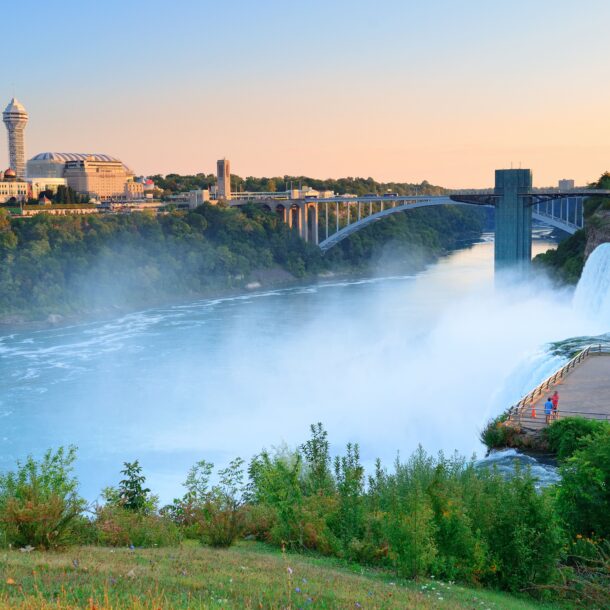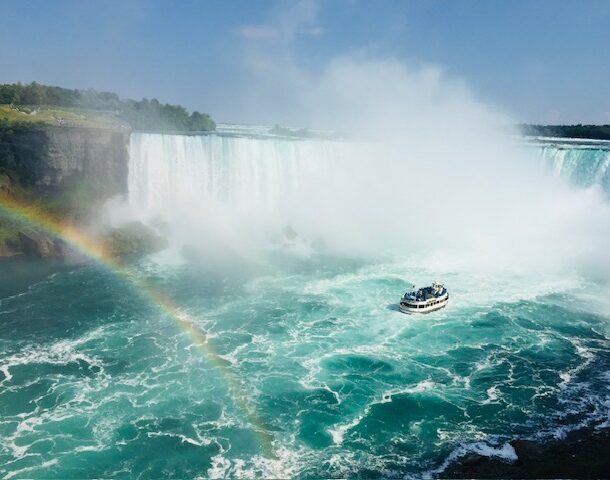
A Swiss Delicacy
Surrounded by Lake Geneva and the shores of Bains du Paquis, I crosspath with la Buvette des Bains; crowds from all walks of life come here to savor a unique and special Swiss delicacy made out of cheese, which is none other than Swiss fondue.
Swiss cheese fondue has a long history in Switzerland; thanks to the country’s pristine grazing fields and well-fed cows, Switzerland produces some of the world’s best cheeses. Until the Second World War, the Swiss never knew what fondue was; that all changed when the Second World War hit and Switzerland experienced cheese fever.
The best place to learn about Switzerland’s cheese heritage is to visit the small town of Gruyere, located in Fribourg. The medieval town is an important tourist destination with some of Switzerland’s most picturesque scenery, boasting stunning lakes and mountain views.
As we make our way to Gruyere from Geneva’s main station, we are excited to hop on the relatively short train journey on the SBB train line. The ride is relatively short, not more than an hour and a half long. Of all the long-distance regular public service train rides, this one has the best scenery you could ever think of—that’s not to undermine ones in the Jungfrau region as well.
The small town of Gruyere has a population of just over 2,000 residents. Many come here not only to explore its picturesque scenery but also to explore its world-class and renowned cheese factory. The Gruyere cheese factory has thousands of visitors passing through its doors each year to sample some of its most exquisite cheeses.
La Maison Gruyere, as it is commonly called, produces 29,000 tons of cheese each year. Indeed, Gruyere cheese is a renowned brand worldwide, not only in Switzerland. The classic cheese has a mild, smooth, and exceptionally nutty taste.
A Day at Gruyere
The Gruyere cheese factory has a long tradition of making traditional Swiss cheese, with a recipe handed down for generations. Once inside, you will get an opportunity to go through the various stages of cheese production; each section of the factory boasts a distinct category.
For starters, you will come across smell. This arena allows you to smell the flora and fauna on which the pure-bred cows are fed to produce milk, which is, in turn, used to make Swiss cheese. You will also get to explore a section where you can touch the cowhides along with the other paraphernalia used in cheese making, like the cheese probe, brush, milk canisters, and so on.
One of the most mesmerizing things about visiting the cheese factory is exploring its vast grounds, where you can see cows grazing in its expansive fields. Once you make your way back to the factory, you can explore the exhibit panels, which feature general information on the cheese and dairy products of Switzerland.
Each visitor is given a headset that includes narrations in several European, Asian, and Mediterranean languages. If you are lucky enough, two or three times per day, you might experience a live cheese-making production session from the visitor’s observatory gallery.
A Fondue Gathering
When the Swiss invite you over for a fondue evening, there is a certain ritual associated with the event. Typically considered a winter meal, you are apt to be invited to a Swiss fondue evening on a cold night in December or January. It’s only the tourists who can sample fondue in the sweltering hot summer months.
For starters, the cheese has to melt in the pot in which it is served. After all, the word fondue comes from the French verb fondre, which means to melt. Theoretically, anything that melts is referred to as fondue, which is why you also have chocolate fondue.
Once the cheese is finely chopped, heat it with some wine and chopped garlic and add some cornstarch to the grated cheese; you then continue increasing the heat until the cheese is thick and creamy enough to be used as a dip.
Our host gets up and places the sizzling hot pot called caquelon with the flame underneath on a coaster on the dining table. Customary among the Swiss is to enjoy fondue with raclette and wine while remembering the essential pieces of bread.
As tradition has it, when you enjoy fondue with raclette, you will need boiled potatoes and cold cuts to complement the all-essential dipping session. Fondue dippers are a must for each guest, and our host ensures that we are all armed with one. With a dipper in hand, you can take the potatoes, bread, or your choice of cold cuts and dip them into the sizzling hot cheese pot. Of course, you will need red wine to complement the meal.
As the last bit of cheese begins to melt at the bottom of the pot, our host perks up. Instead of mopping the last bit, she lets the flame cook the cheese at the bottom of the pot. The dark crust that forms is as sumptuous and tasty as ever. Commonly called religieuse, it is considered a delicacy on its own.
Although there is no hard and fast rule about what type of cheese you can use to make a typical authentic fondue, Gruyere is a classic example. Indeed, visiting a Swiss cheese factory was a mesmerizing experience, more so was enjoying it with friends!



